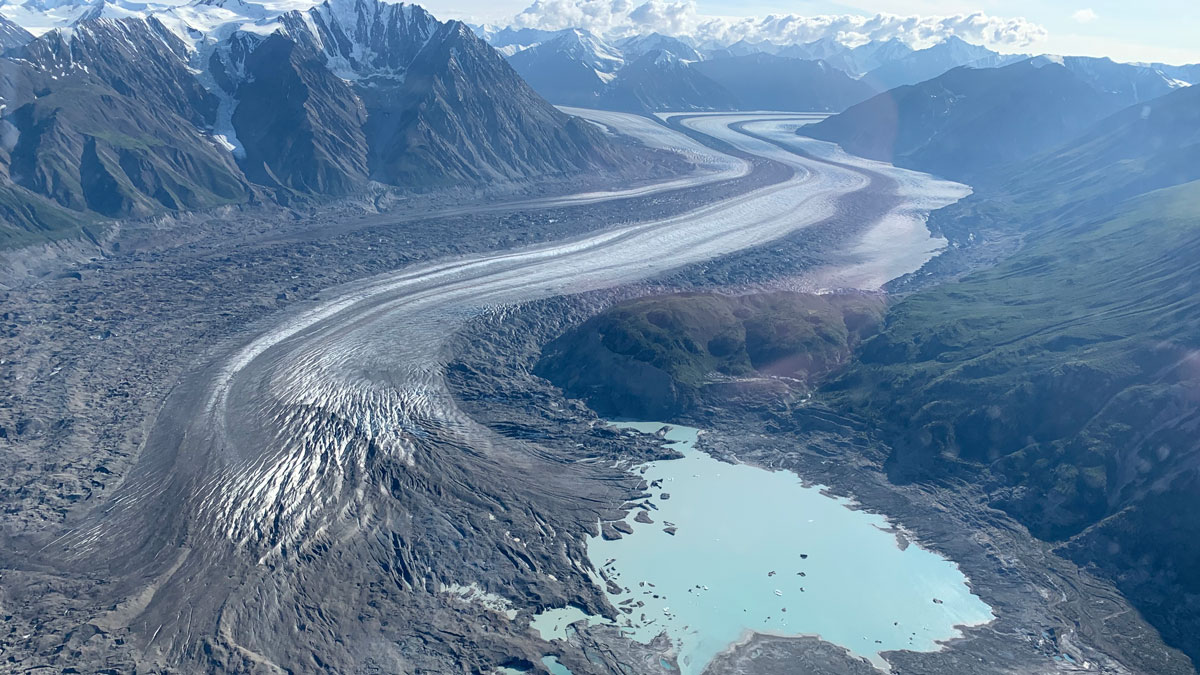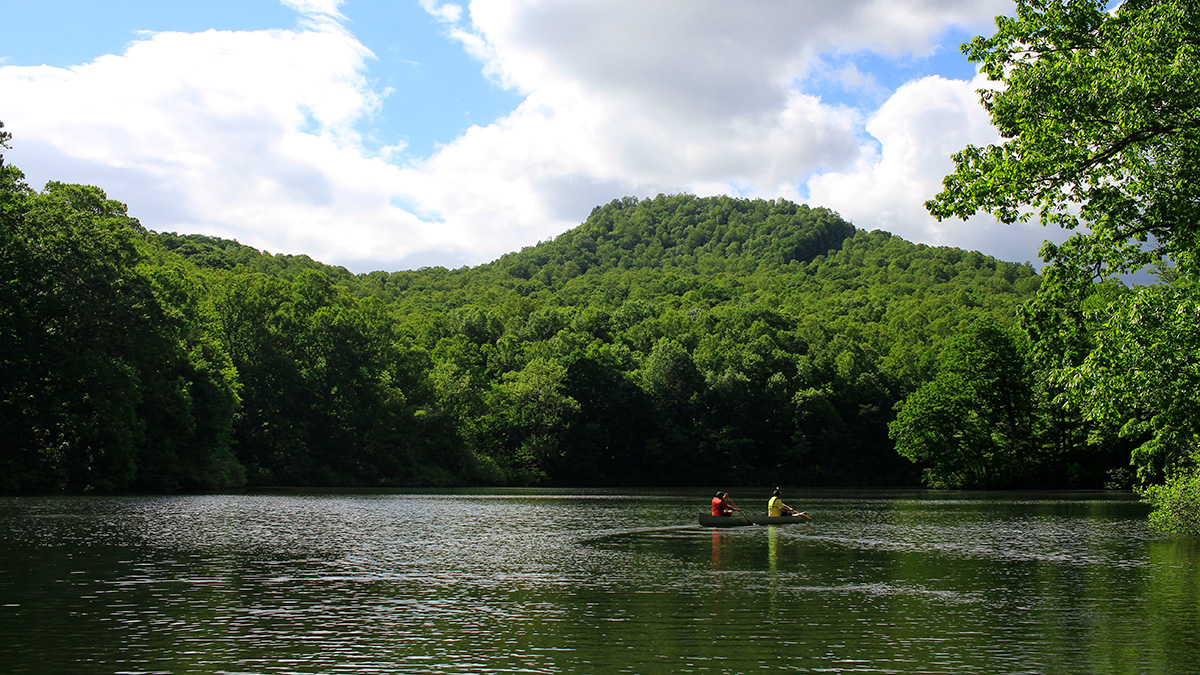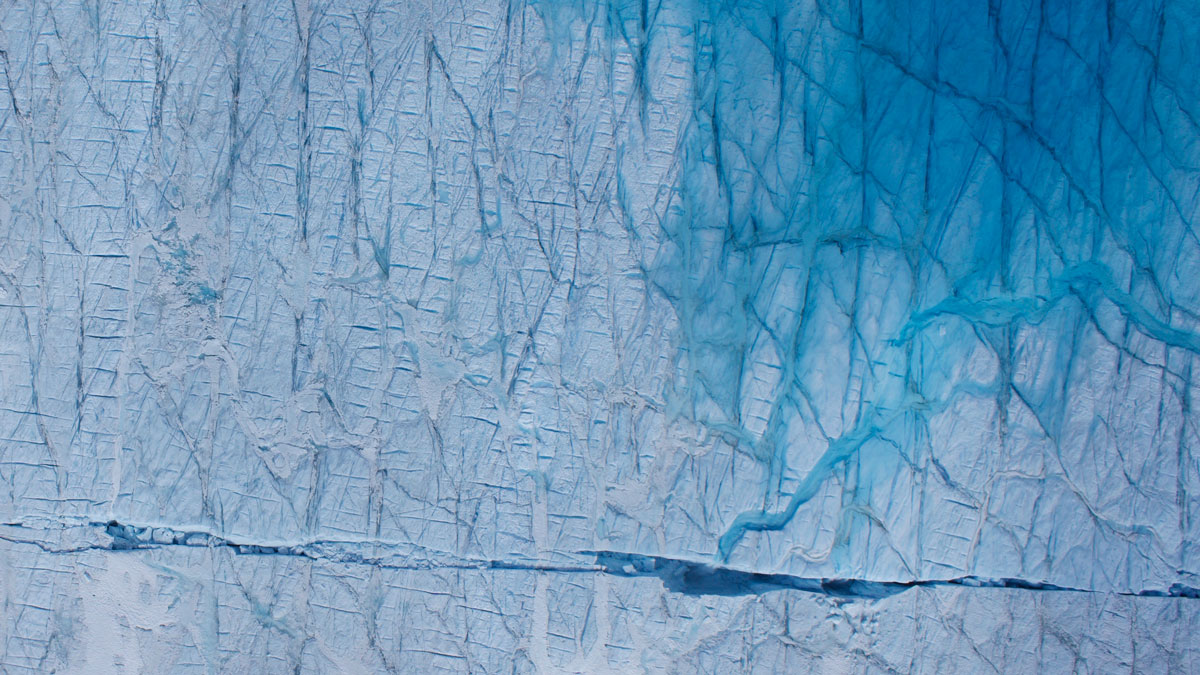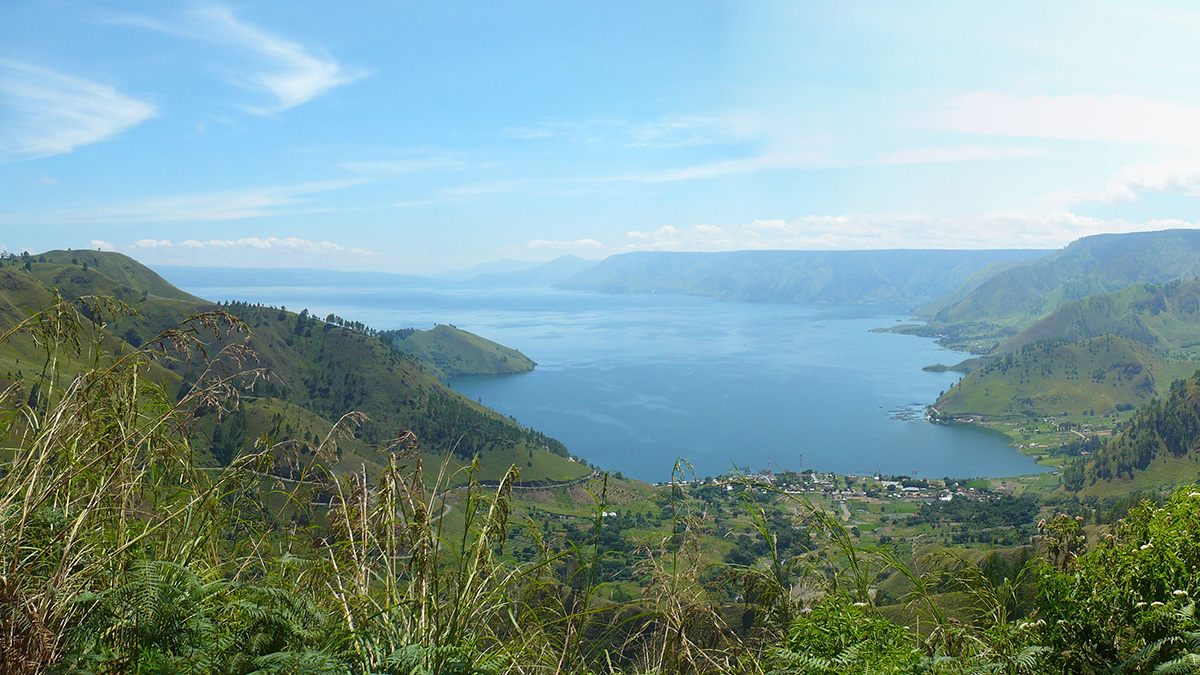A 36-million-year cycle of marine biodiversity booms and busts matches the movements of plate tectonics, linking what happens deep below the ocean to what’s happening in it.
Danielle Beurteaux
Where the Ground Gives Way
Sinkholes are a significant hazard, but where are they most likely to happen? A new study identifies hot spots in the contiguous United States.
As the Arctic Warms, These Rivers Are Slowing Down
The Arctic is warming up, but instead of large rivers migrating faster, they’re actually slowing down because of shrubification.
Lakes Can Change How Glaciers Move
Lakes forming from melted ice can have a big effect on their parent glacier, and more of these bodies of water are appearing under warming conditions.
Monitoring Moisture from Afar
Undisturbed tropical rain forests are experiencing more frequent droughts, but the ecosystems are isolated and difficult to assess. Scientists are using remote sensing to expand the depth and scope of monitoring efforts.
The Amazon Rain Forest Can’t Keep Up with Droughts
Droughts in one region of the Amazon can lead to less moisture elsewhere, and trees may not adapt quickly enough to survive.
The Domino Effect of Freshwater Suffocation
As lakes and reservoirs become anoxic, they can promote poor water quality downstream.
It’s Getting Hot Under Greenland
Meltwater draining through an area of the Greenland Ice Sheet creates enough energy to rival that of a massive hydroelectric power station, researchers say.
More Fires, More Problems
Increasing incidents of wildfires in the Arctic are not only thawing permafrost but changing the entire underlying structure of the region.
La vida después de una super erupción
Una vez que una erupción volcánica masiva termina, el sistema subyacente puede mantenerse activo por miles de años. Una nueva investigación vislumbra cómo funcionan los ciclos de super erupciones.










